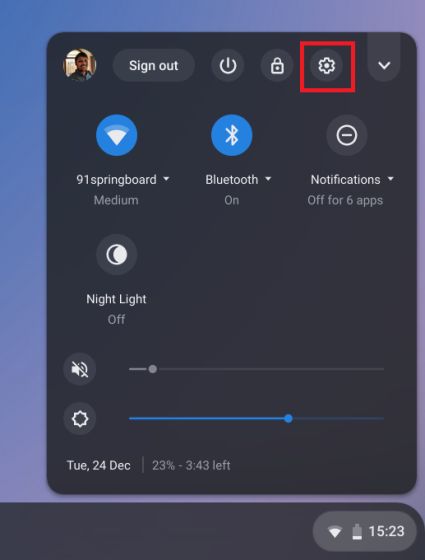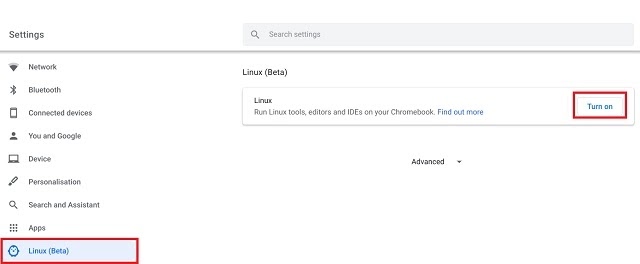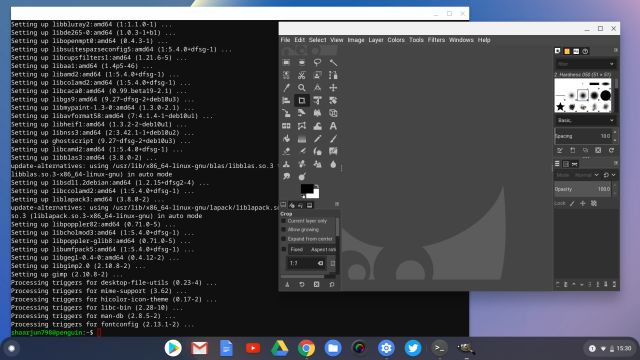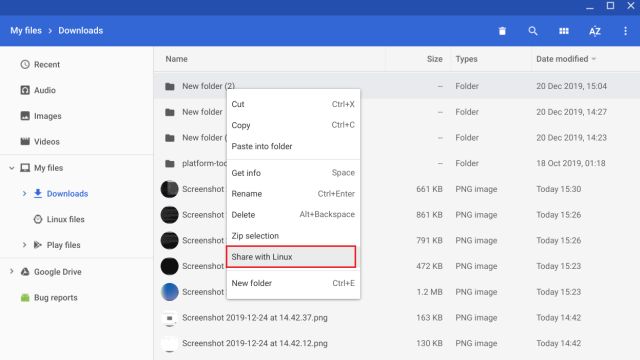
Of late, software giants have been incorporating Linux into their standard operating system one way or another. Microsoft introduced the Linux subsystem on Windows 10 and now Google has introduced Linux on Chromebooks with full terminal and container support. While the Linux project on Chrome OS is still in beta, the results are quite promising. If you are an IT administrator or a software developer or studying computer programming, the addition of Linux on Chromebook may be an advantage for you. So let's go ahead and learn how to use Linux on a Chromebook from setup to package installation.
Use Linux on your Chromebook in 2020
Make sure to check if your Chromebook supports Linux or not from this page. To put it bluntly, if a Chromebook is launched in 2019, it probably comes with Linux support. Apart from that, make sure you upgrade your Chromebook to the latest version - preferably Chrome OS 79 to use Linux on your Chromebook. Either way, let's start with the steps.1. First open the Settings page by clicking the gear icon in the Quick Settings menu.

2. Next, switch to the “Linux (Beta)” menu in the left pane and click on the “Turn on” button.

3. A setup dialog will open up. Now, just click on the “Install” button and it will start downloading the necessary files to run Linux on your Chromebook.

4. After the installation is done, you can use the Linux Terminal just like any other app. Open the launcher and run the “Terminal” app. Voila, there you have it!

5. To test the Linux terminal, we installed the GIMP image editor on our Chromebook and the installation went through without a hitch. However, the performance is not that great as GIMP is running in a Linux container. But we expect it to get better after the project exits the Beta program.

6. Apart from that, you must know that Chrome OS and Linux have different file systems. So to access the local folders and files on Linux, you will have to copy the files from Downloads and paste them into the Linux folder.

7. However, if you don’t want to make a duplicate copy then right-click on the folder that you want to share and click on “Share with Linux”. Now, it will show up in Linux’s
mnt/chromeos/myfiles/downloads directory.







0 Comments